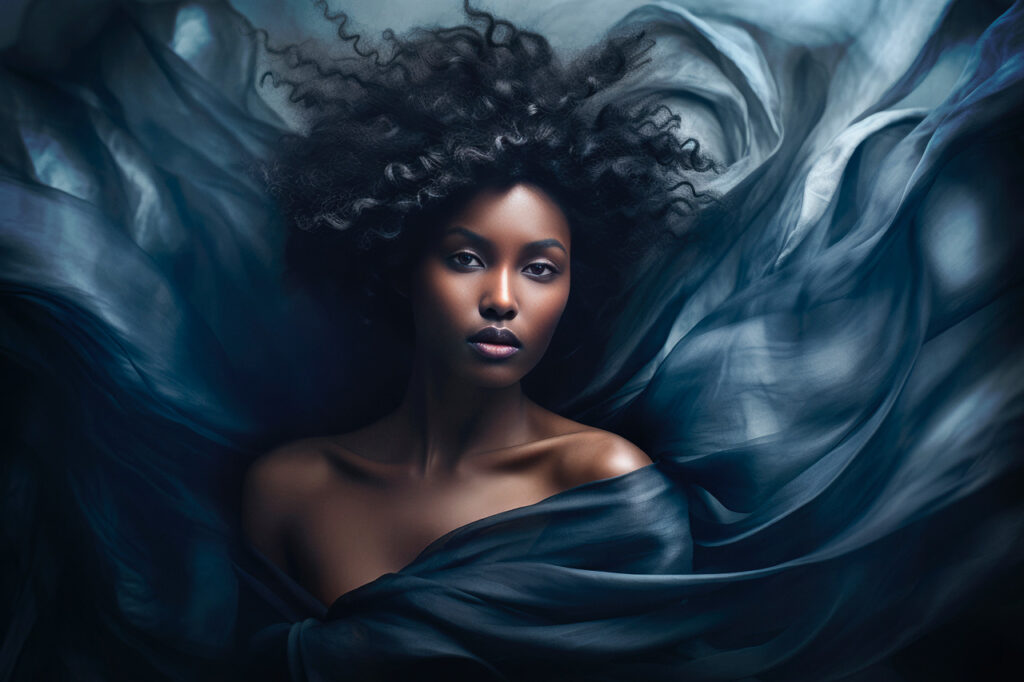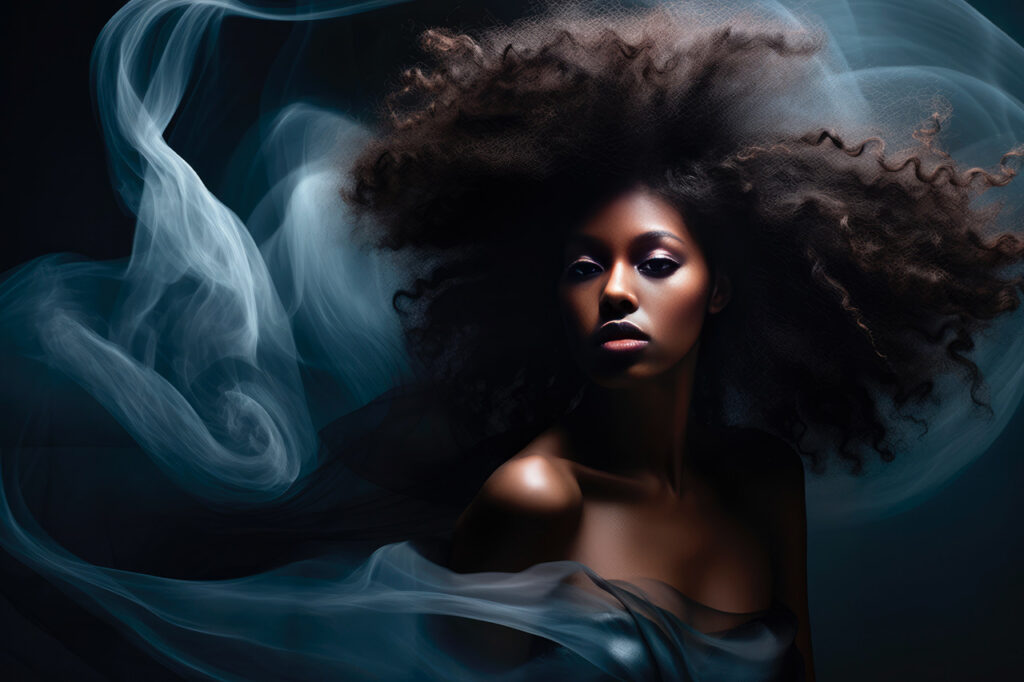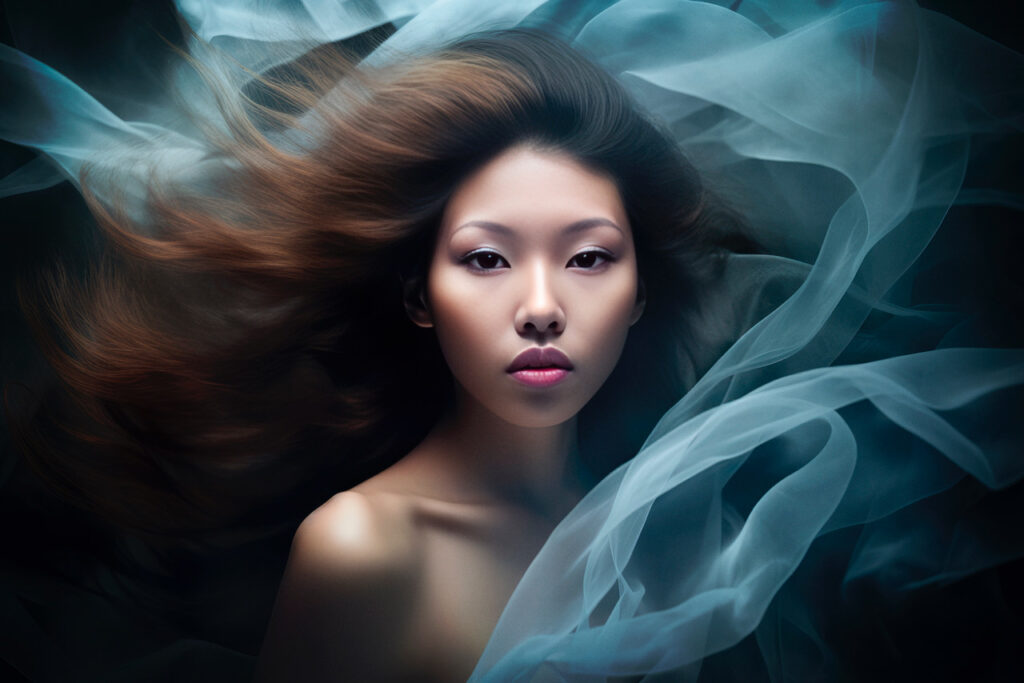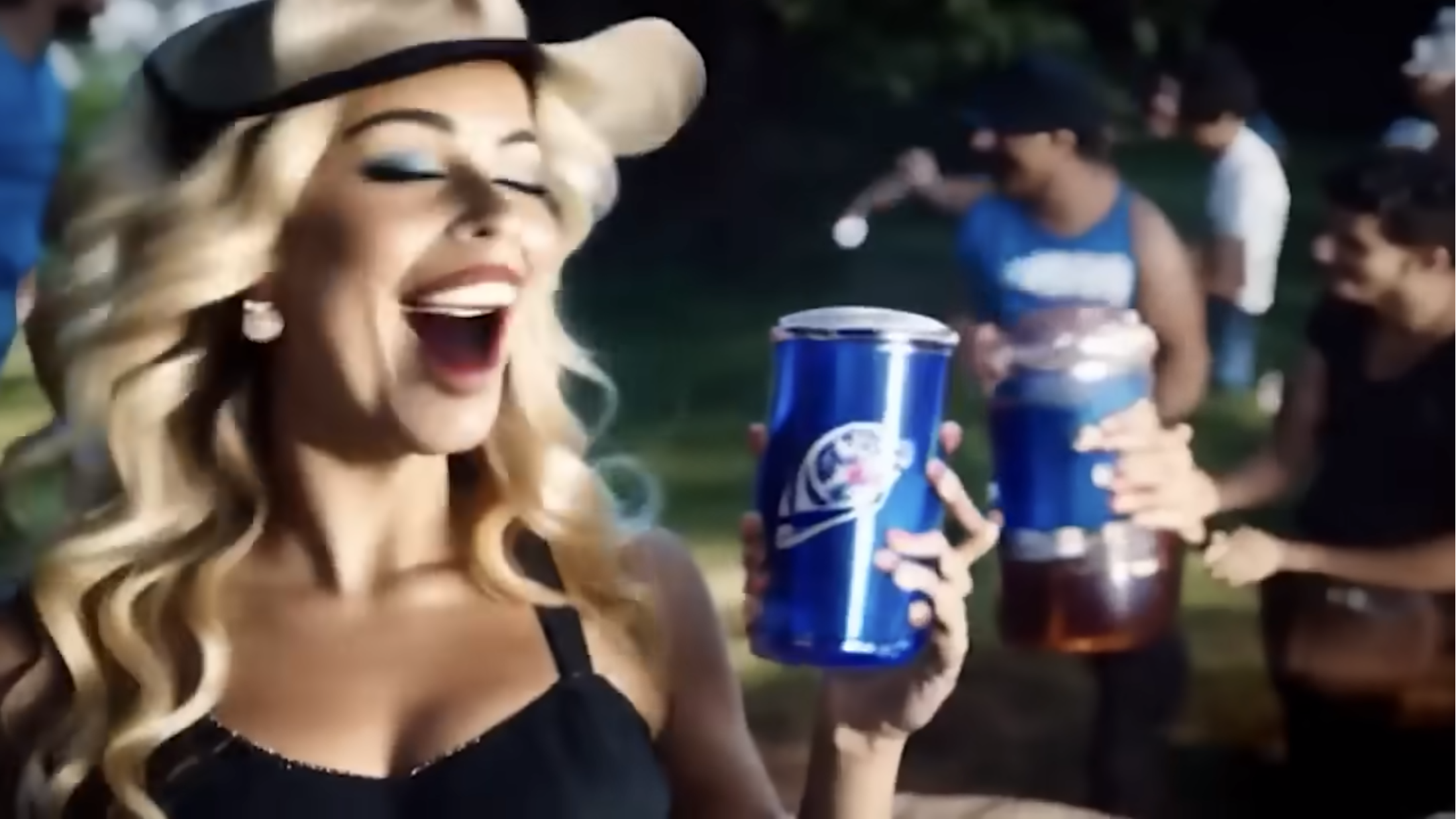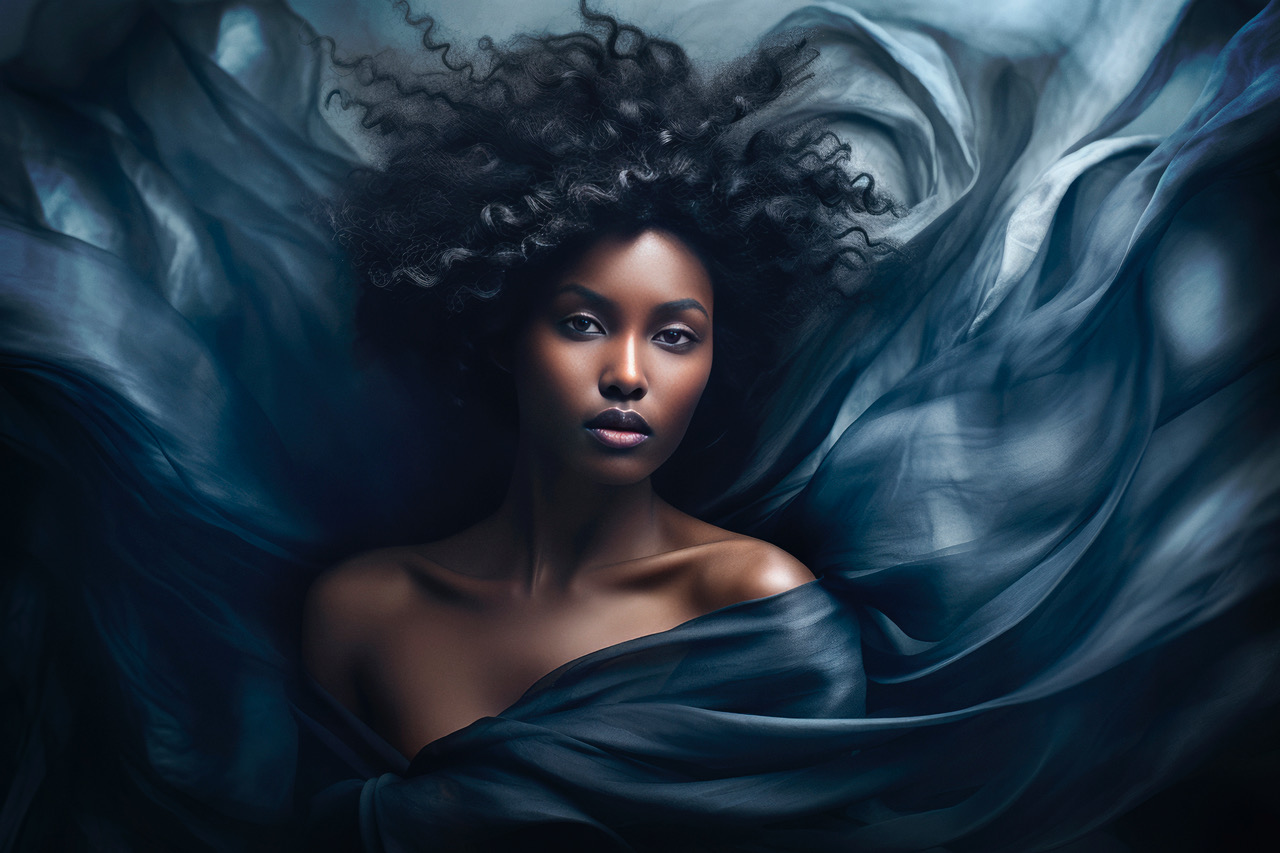
The Shocking Truth About the End of Portrait Usage Rights in Advertising
Portrait usage rights have been a long-standing tradition in the advertising world. However, recent changes in laws and regulations have put an end to this practice. Effective immediately, portrait usage rights will no longer be applicable in any advertising or marketing campaigns.
Discover how AI-generated faces enable cost savings while still delivering visually stunning and attention-grabbing ads. By leveraging advanced AI technology, marketers can craft unique faces that perfectly align with their brand and campaign objectives. The ability to tailor these faces to suit diverse markets and cultures opens doors to a new level of regional relevance, resonating with audiences worldwide.
However, as with any emerging technology, there are important factors to consider. We delve into the potential drawbacks and ethical dilemmas associated with using AI-generated faces in advertising, ensuring a well-rounded understanding of this groundbreaking landscape.
Whether you are a seasoned marketer seeking new avenues for creativity or an industry newcomer intrigued by the possibilities, this blog post is your comprehensive guide to embracing the future of portrait usage rights in the age of AI.




Pros of Using AI Faces in Advertising
This means that businesses and marketers can no longer use portraits or images of individuals without their consent. Failure to gain proper consent could result in legal action and hefty fines. It is important for businesses to take immediate action to ensure compliance with the new regulations.
Another advantage of using AI-generated faces is flexibility. With AI, it’s possible to create faces that are a combination of the best features from multiple models, resulting in a face that is both unique and visually stunning. This can help advertisers create more memorable and impactful ads that stand out from the crowd.
Furthermore, AI-generated faces can be rendered in various races and ethnicities, making them a great option for inclusive or worldwide campaigns that require regional relevance. Overall, AI-generated faces offer advertisers a cost-effective and highly customizable option for their campaigns.
Cons of Using AI Faces in Advertising
While AI faces offer a lot of potential benefits for advertisers, it’s important to consider the potential consequences as well. One concern is the potential for objectification and perpetuation of unrealistic beauty standards. By creating faces that are a combination of the most beautiful models, advertisers may be contributing to unrealistic expectations and causing harm. Therefore, advertisers must be aware of these issues and strive to create ads that are inclusive, respectful, and socially responsible. Additionally, as AI continues to advance, there is the potential for creating faces that are deliberately imperfect or less polished, perhaps even incorporating the prompt of ‘realness’ into the design. Giving it time may allow for a more nuanced and inclusive approach to creating faces with AI technology.
While this may seem like a setback for marketers, it is actually a positive change for the industry. The end of portrait usage rights ensures that individuals have more control over their own images and privacy. This change also allows for a more ethical and inclusive advertising landscape.
Legislation regarding AI-generated images is currently under development. As the use of AI technology in creative processes continues to evolve, lawmakers are working on establishing regulations and frameworks to address the legal and ethical implications associated with these advancements. It is crucial for individuals and organizations to stay informed about these emerging regulations.
For those who wish to delve deeper into the subject, there is a free online course available. Developed by the Dutch AI Coalition and the Creative Industries Top Sector, in collaboration with DuPho (Dutch Photographers Association), this course provides valuable insights into various aspects of artificial intelligence, including its fundamentals, applications in text and image, algorithms, and ethical considerations. The course is presented in a clear and accessible manner through ten informative videos. To learn more, visit https://creatief.ai-cursus.nl/home. (Dutch only)
When to Use AI Faces vs. Real Models Ultimately.
The decision to use AI-generated faces or real models should be guided by the goals of the ad campaign, the message being conveyed, and the target audience. For example, if the ad is promoting a product or service that requires a specific level of expertise or personal experience, it may be more effective to use a real person with those qualities. In addition, there are some types of ads, such as those promoting cosmetics or beauty products, where using real models can be more effective in conveying the benefits of the product.
Conclusion
In conclusion, the use of AI-generated faces in advertising brings both benefits and considerations to the table. While they offer advantages such as flexibility and cost savings, it’s important to be mindful of their limitations. AI-generated faces may not always achieve complete realism and can raise concerns regarding objectification and unrealistic beauty standards. (yet)
As marketers, it is crucial to approach the use of AI-generated faces thoughtfully and responsibly. Each campaign should be carefully evaluated, taking into account factors such as the intended message, target audience, and the ethical implications. Balancing creativity with a commitment to social responsibility is key in making informed decisions.
Should you be interested in exploring the possibilities that AI models can bring to your brand, we are here to provide assistance and guidance. Our team can help navigate this innovative landscape, ensuring that your brand’s values and ethical considerations remain at the forefront.
By embracing the potential of AI-generated faces, you can add a new dimension to your advertising campaigns. However, it is essential to remain conscious of the impact on your audience and society as a whole. Together, let’s create meaningful and engaging experiences that resonate with your audience while upholding ethical standards.
If you would like to learn more about leveraging AI-generated faces in your advertising efforts, we are here to answer any questions you may have. Contact us today to start a conversation about how we can work together to achieve your brand’s advertising goals in a responsible and impactful manner.
Credits:
Campaign AI-generated faces, rendered in various races and ethnicities build in Midjourney 5. @Brenda de Vries
Close-ups of beautiful young women build in Midjourney 5. @Knightama_







